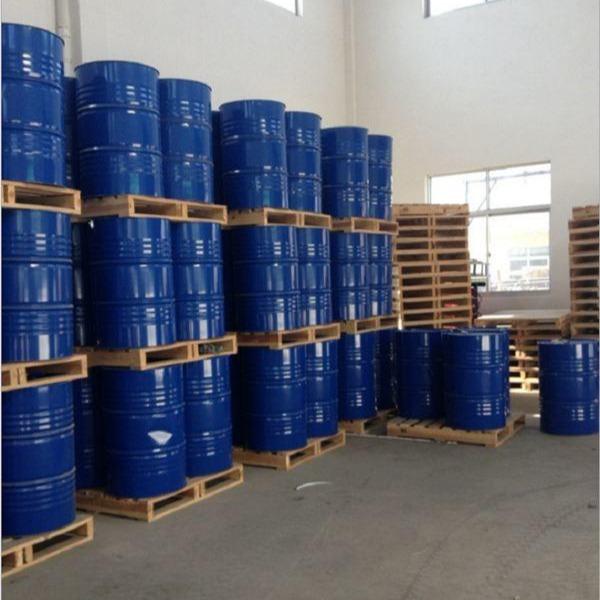-

Neopentyl glycol(NPG)
CAS:126-30-7Read more -

Methylene diphenyl diisocyanate(MDI)
CAS:101-68-8Read more -

Tetrahydrofuran
CAS:109-99-9Read more -

Ethylene oxide(EO)
CAS:75-21-8Read more -

Propylene oxide(PO)
CAS:75-56-9Read more -

Epoxy resin
CAS:61788-97-4Read more -

Vegetable oil polyether polyol
Vegetable oil polyols are an important renewable resource that can react with isocyanate compounds to produce polyurethane and are a good alternative raw material to petroleum-based polyols.Read more -

Polyacrylate Polyol
CAS:31759-42-9Read more -

Polycaprolactone(PCL)
CAS:37625-56-2Read more -

Polyester Polyols
CAS:53637-25-5Read more -

Polymer Polyol(POP) POP 2045
CAS:9082-00-2Read more -

Soft foam polyether(F2 3000Da,F4 3500Da)
CAS:9003-11-6Read more





